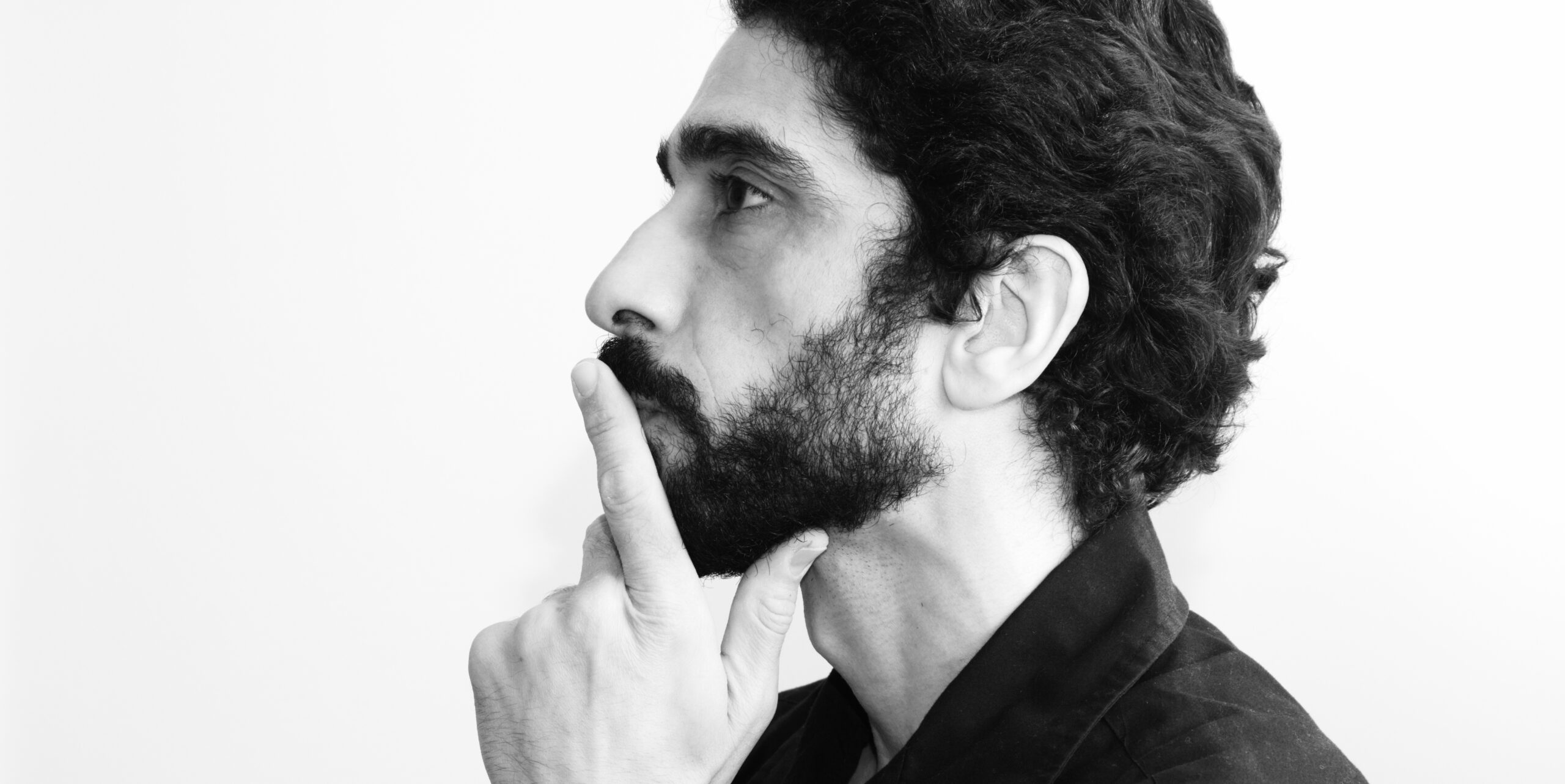There was a good chunk of time where I was converting all my Canon Raw files into DNG files on the thought that it would be better and make them more readable in the future. But with KDE able to read Canon files as well as the libRaw in Linux – it seemed a waste of time.
This article by a professional photographer gives another reason. Certain software may not be able to produce as good a result from DNG as when the files come unadulterated from the camera.
From the article:
About seven months ago, I downloaded the trial version of Capture One Pro. From the very first shoot I processed using Capture One, I was sold on its ability to make my work even better. As a raw processor, Lightroom can’t touch it. It can’t even. After a month of using CapOne, people had commented that my work had suddenly gotten so much better. Some asked what I was doing differently. Others assumed I drank magic juice and my work got better. Nothing had changed except that I had stopped using Lightroom and started using Capture One exclusively.
And this is where great software vastly differs from basic human colour perception. Raw files contain a lot of data. Lots of colour data. Tonal data. And metadata.
What puts Lightroom and Capture One oceans apart is that Lightroom treats all raw files equally, setting the default camera profile to “Adobe Standard.” You have to go in manually change the camera profile to something like “Camera Portrait” or “Camera Landscape.” (You can set defaults based on camera serial number and build import presets, etc., but until you become a power user, most people don’t even realize that “Adobe Standard” is not a good baseline for any image.)
what is critical to note about Capture One is that it doesn’t ignore the camera metadata. It doesn’t set all images to a default state. In fact, this is what I think is in Capture One’s secret sauce. Instead of assuming all raw files are the same, and even offering to convert your raw files to its own format on input, Capture One uses that data as the fundamental building block upon which the rest of its raw processing is built.
By having integrated countless camera brands, makes and models, Capture One knows how each one of those camera models is built and how each model’s specific sensor interpolates the light hitting its surface and how the camera stores that data in its raw file. Sony makes a majority of the world’s camera sensors (including all Nikon sensors), but the sensors in the Sony A7s and Nikon D810 are vastly different. As are the sensors in the Fuji X100T, the Phase One IQ3 backs, Mamiya Credo 60, Canon 60D, etc.
While the images these cameras produce under the same conditions may not be that noticeable to the human eye, they are incredibly different to a computer program that knows how to read and interpret that raw data. This is why I believe the computer is the defining tool in the photographic process. We can now take the captured data and do extraordinary things with it, but how extraordinary is, as I’ve stated, dependent on the tools we use.
If you take the same raw files (not DNG files!) and open them in both Lightroom and Capture One, side by side, without doing anything to the files, you will notice immediately — IMMEDIATELY — that Capture One does a much better job of accurately rendering the image. The colours are better. The exposure is better. Everything is just better.
